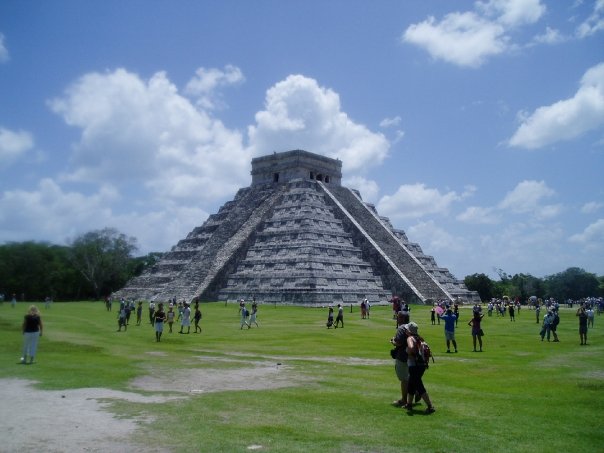The next several posts will be about mainstream cultures, subcultures, and how they interact with each other. The level of detail necessary for this will depend on how much your plot deals with intrigue, politics, class struggles, and the like. This can be an effort that leads to interesting conflicts in your stories, believable settings, and plots and subplots that can last for entire series. It can also be a rabbit hole that leads to countless wasted hours as you try to figure out societal details that make no difference to your stories, your characters, and worst of all, your audience.
Remember, you only need enough of this to make your story work. If your story deals with epic quests, the chosen one, and the defeat of the dark lord, you may only need a cursory understanding to make your plot sing. As my novels deal with social classes, friction between different priesthoods, and how justice works in a society of my creation, I use this tool extensively in my world-building.
The most important tool in dealing with political and societal groups is the Hierarchy of Social Estates. Specifically, this is a description of who has power (whether political or economic) over whom. It will encompass everyone in the society you are creating, from the lowliest beggar to the rich merchant to the king and queen of the realm.
At the top of the Hierarchy is the Ruling Agent, the person or small group who effectively control everything. This can be a King, Council of Mages, Pope, whatever you decide. These are the people who have the authority to create and enforce the law. They have the highest level of authority and power. Not all societies will have a Ruling Agent, since this is a very small group (typically less than 20) or even a single person.
The next level down is the Ruling Class. This is a larger group of people who have a great deal of power, but have some sort of check on their authority. This can be the Ruling Agent (if one exists) or other members of the Ruling Class. The classic fantasy example of this is the aristocracy who are all sworn to the service of the King. They make and enforce their laws, but also enforce the King’s law and can have their laws overturned by the King. All societies will have some sort of Ruling Class, even those with a Ruling Agent. For example, The United States has Congress, the President, various Secretaries, Supreme Court and Appellate Court Justices, Governors, and Legislatures as the Ruling Class without a Ruling Agent.
Next comes the Privileged Class. These are the extremely wealthy and the politically connected. These could be leaders of powerful merchant houses, high priests, lower members of the aristocracy, and Guild Masters. Don’t forget to include members of the underworld in this group as appropriate.
Next is the High Class. These are the wealthy and connected, but not as powerful as the Privileged. Well respected members of societies, these may include master craftspeople, rich merchants, influential knights and barons, minor nobles, and the like. They are the people who still have jobs, but are at the top of their respective fields.
The Middle Class are the journeymen of the society. Craftspeople, traders, knights and warriors, grooms, innkeepers, and others. Generally, this is the largest or second largest group. These are people who work and consistently make enough to survive and thrive.
The Lower Class are the workers, apprentices, and unskilled laborers of society. Waiters, servants, farmhands, and other people who do not have skills highly valued by the society fit here. Generally, these are the people who work, but may or may not make enough all the time. This group will compete with the Middle Class in size for most societies. Poorer societies will have more people here than richer societies and vice versa.
The Underclass are the least respected and least powerful of a society. This may be due to structural factors, legal factors, or just bad luck. This group includes the homeless, beggars, or just people who are extremely poor or have little or no formal authority.
The Marginal of the lowest tier on the hierarchy. Most societies have a Marginal class, although the size will vary from area to area. These are the slaves, the imprisoned, the criminals, and the like. Not only do these groups have little economic or political power, they lack even the basic freedoms given to the other classes.
Most levels have some stratification as well. For example, a knight may have a higher standing than an innkeeper, even though they are both in the middle class.
Since this post is already so long, next week I’ll post the Hierarchy of Social Estates for Myos as a whole.
Thanks for coming by. Let me know what you think in the comment section.
See you next week!

